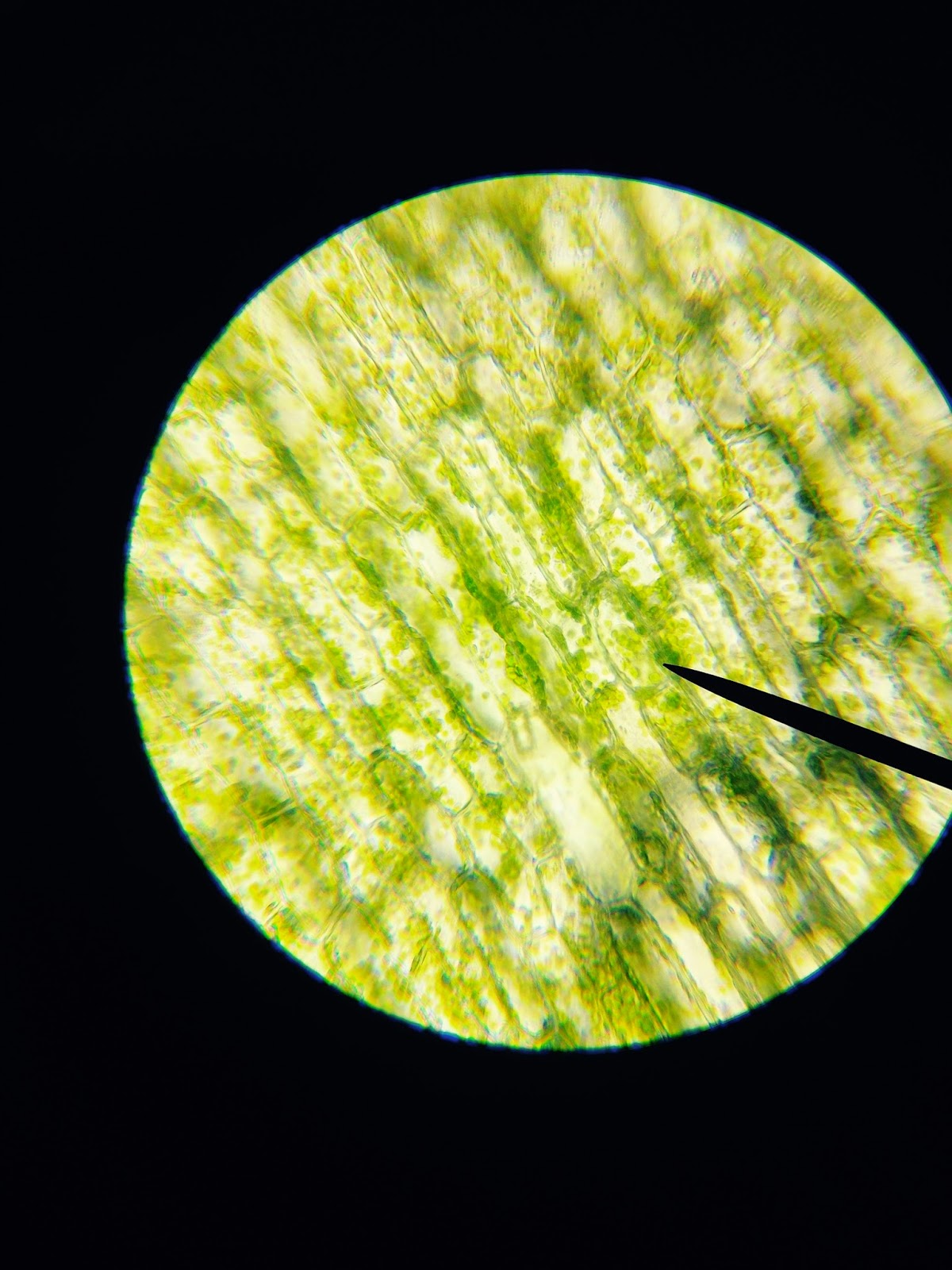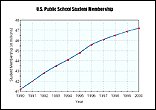Our unit has been packed full of class activities. We completed several investigations, including:
- the Egg-speriment,
- the Salt Water on a Fresh Water Plant, Elodea anacharis,
- Photosynthesis and Respiration Modelling, and
- Mitosis Simulation: Discovering Cell Division.
Hopefully, you have all your lab sheets completed and conclusions well-written. Make sure you use the study guide to help you prepare for your Cell Unit Test.
Please check the daily folders in class for any missing lab sheets and note taking guides. Also, use the homework calendar to help you organize your assignments.
No late work will be accepted after January 7, 2015.




















